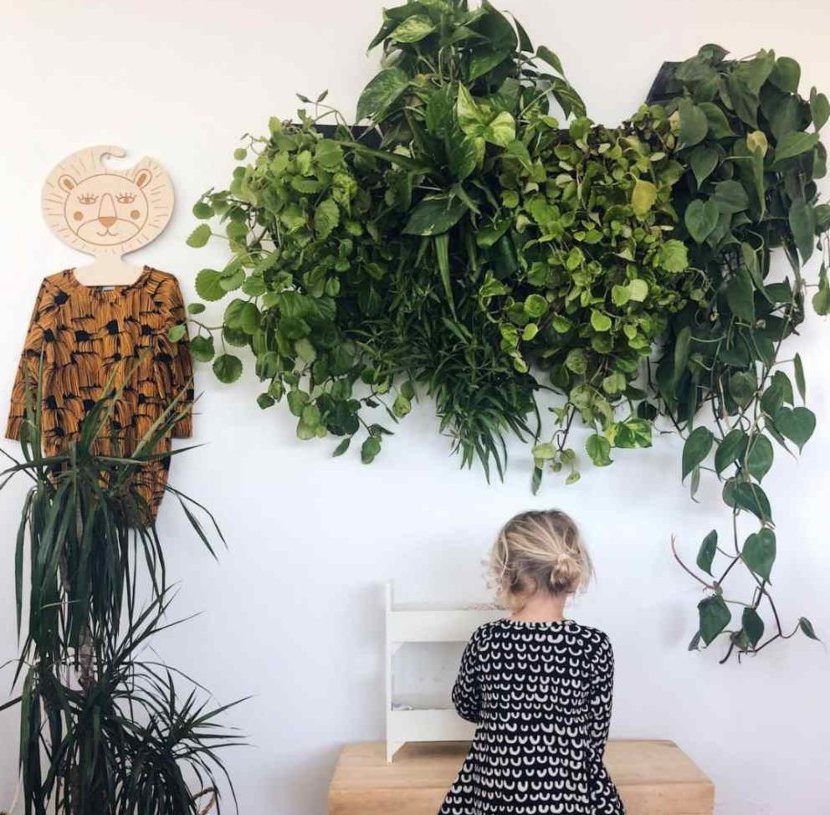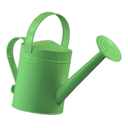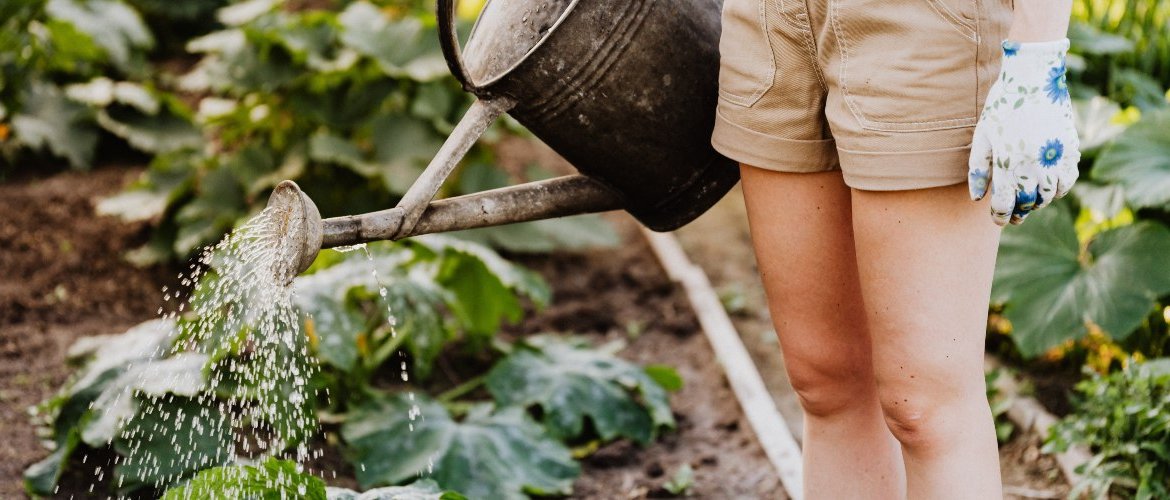Skogluft: the Norwegian method that relies on plants
Contact with the environment is therapeutic and its benefits can be transferred to the interior of all types of buildings, including private homes. This is precisely the starting point of Skogluft, the Norwegian method that uses plants as a tool to increase well-being and reduce stress levels. The proposal comes from Jørn Viumdal, the Norwegian who, after more than two decades of research, managed to find the recipe for success.
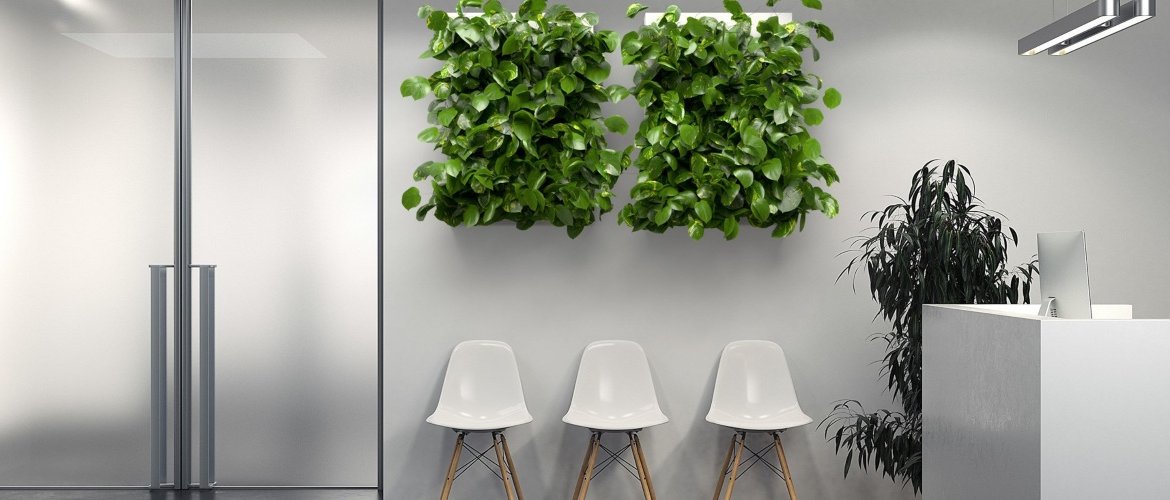
The Nordic people are famous for their high degree of well-being and Skogluft, the Norwegian method that relies on plants, is a resource worth exploring to achieve it.
In the office, at school, at home... Most of our time -more than 80% according to various studies- is spent in closed spaces, with practically no contact with nature. Reconnecting with nature thus becomes a necessity to increase well-being, and Norwegian is committed to the so-called "forest air effect" to achieve this.
The key is to place these green walls in those scenarios where we spend the most time adding, in addition, the appropriate lighting. Increased concentration, better stress management and fatigue reduction or a strengthening of the immune system are some of the benefits of the Norwegian Skogluft.
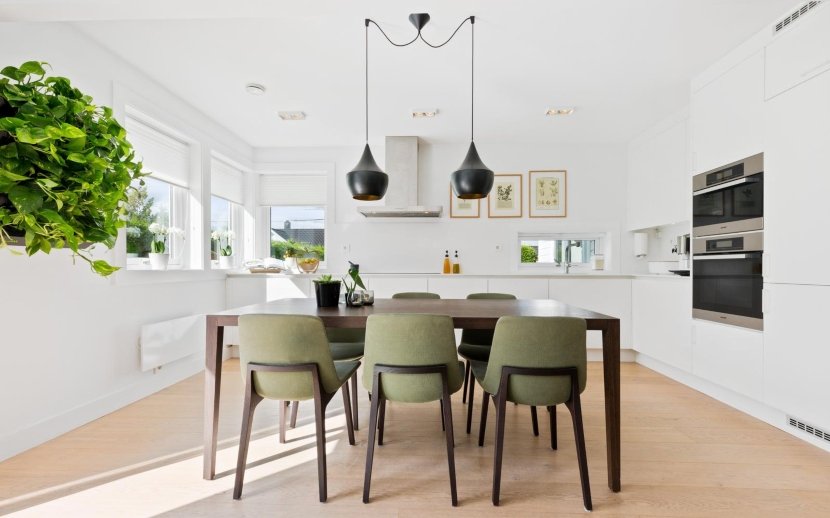
Jørn Viumdal's proposal is not a whim but a study of almost thirty years with a scientific basis to back it up. Oslo University Hospital itself, in Ullevål, conducted research on the subject.
It found that, after applying the Skogluft method, there was a 50% reduction in absences due to illness, improved employee motivation and health. Similarly, among students and teachers, concentration levels increased and fatigue was reduced.
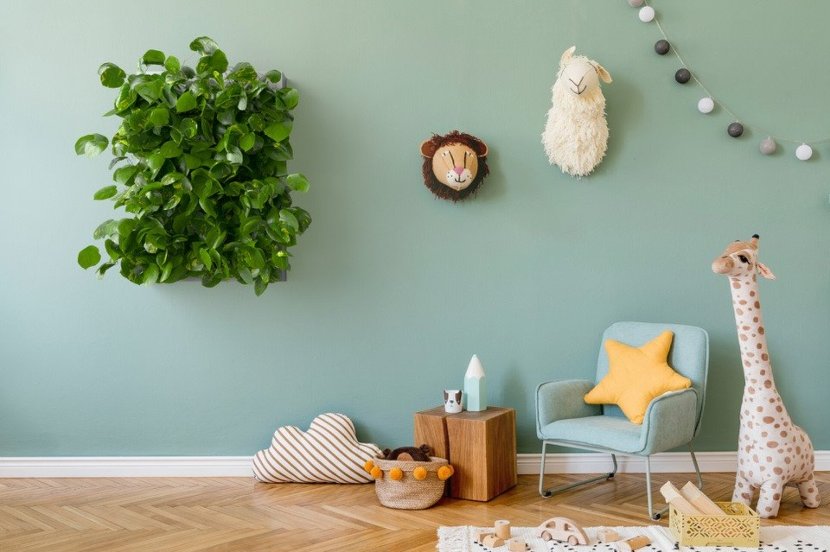
This increase in energy and mood is one of the benefits derived from this discipline. At work, at home, in public spaces? Plant walls improve air quality while minimizing the chances of suffering fatigue, depression or anxiety. As a result, they promote concentration and productivity.
According to Skogluft's own website: "A study at the Royal College of Agriculture, England, found that students demonstrate 70% more attention when taught in rooms containing plants."
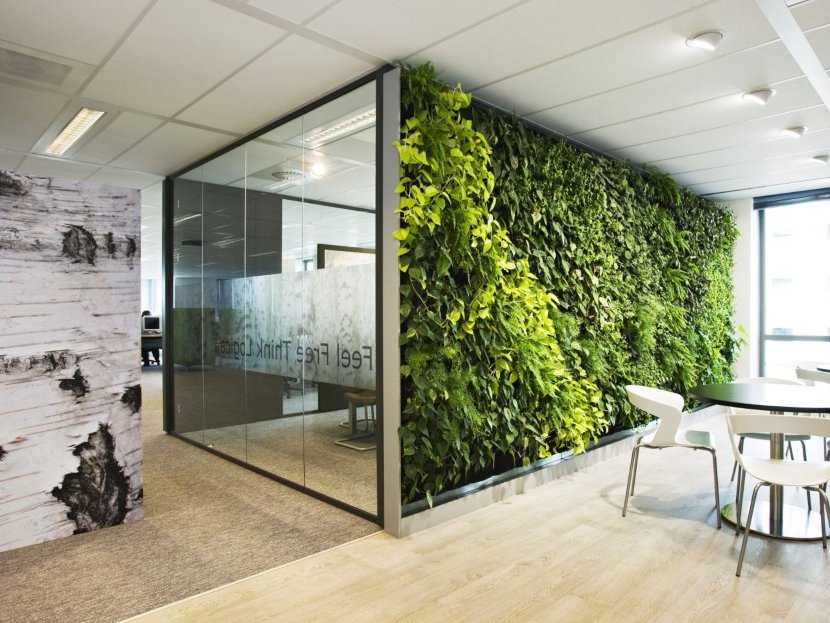
The benefits of Skogluft go beyond well-being. The incorporation of plants in vertical format is also reflected in the optimization of spaces that also have an added value.
Vertical gardens make it possible to get the most out of the rooms where they are located without sacrificing space, becoming points of visual attraction. This aesthetic aspect is another attraction of the Skogluft living walls.
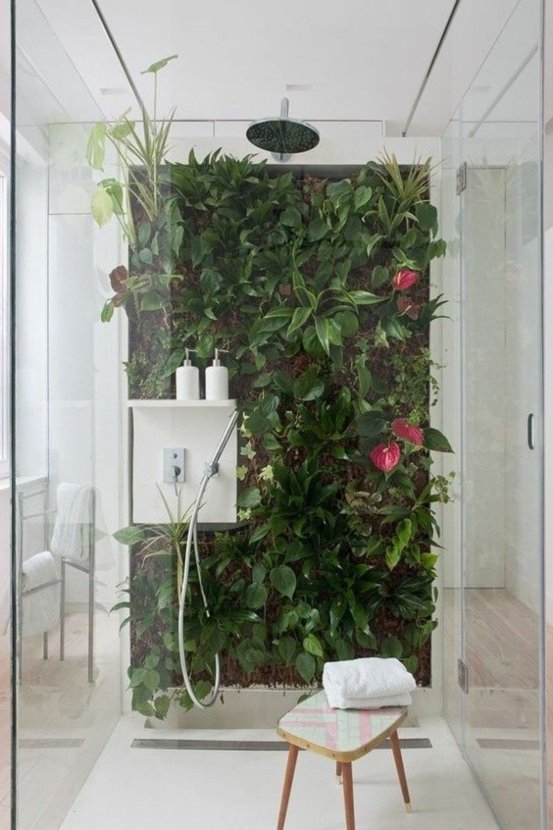
In terms of design, the green walls advocated by the Norwegian method improve acoustic insulation, a key issue in creating relaxing environments that help reduce stress.
Such is the success of this Norwegian method that you can transfer it to your own home. In the book 'The Skogluft method' (translated into a hundred languages), you will find all the keys to the distribution of plants. Although you can also buy the 'Skogluft living wall system' directly from their website.
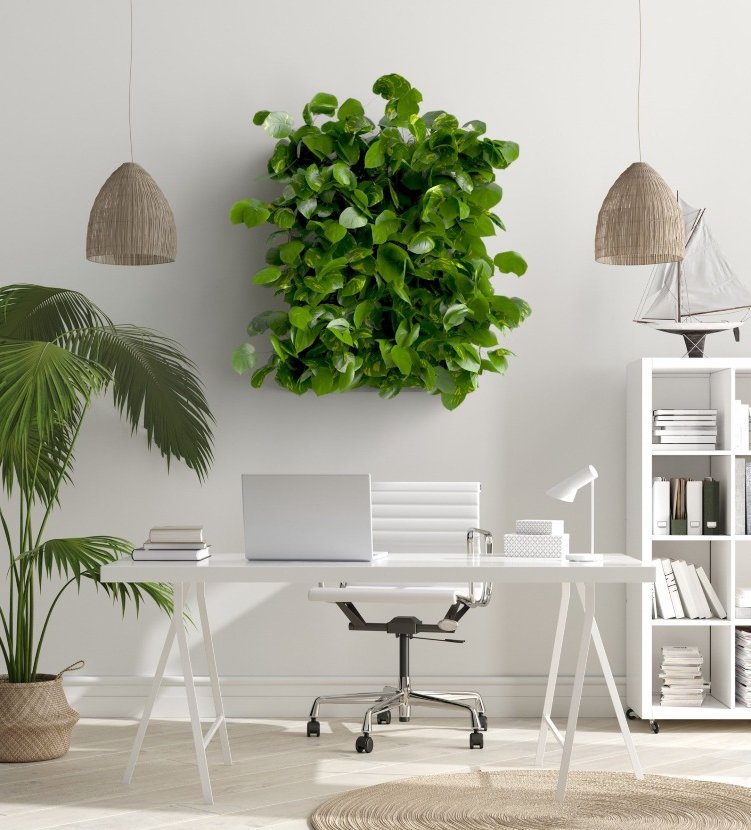
In essence it is a system suitable for all types of gardeners and it is not necessary to have a great knowledge of gardening to maintain it. One of the keys for this is the type of plant that they propose: the poto, a species as resistant as grateful and easy to take care of.
Similarly, it is important to ensure that the space in which it is placed has natural light - or one that mimics it - for a minimum of seven hours for the plants to have the desired effect.
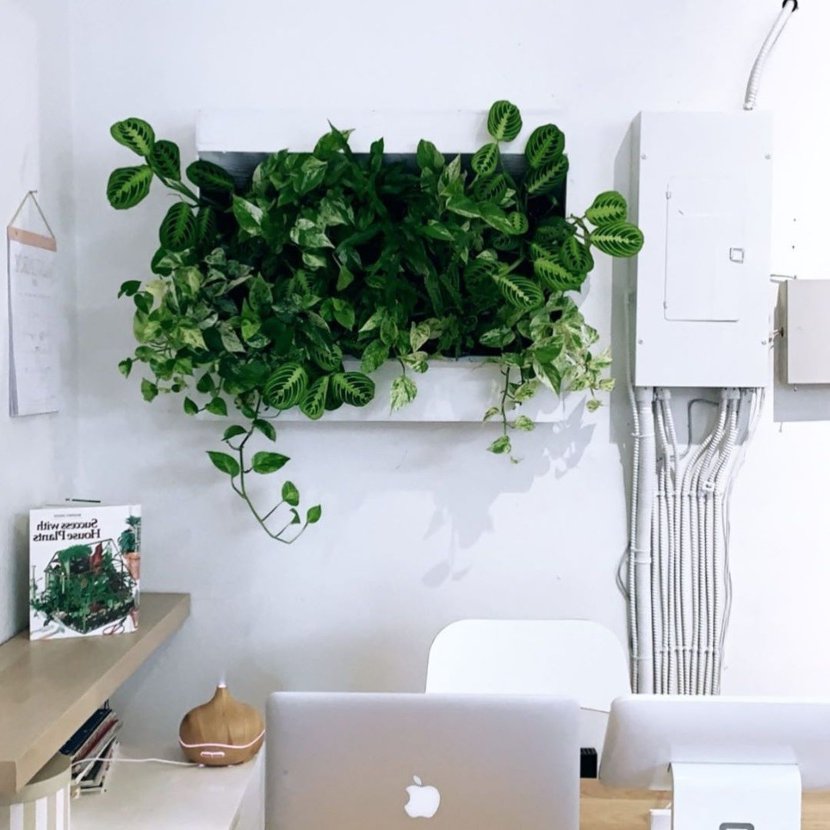
Watering is also another aspect to take into account when implementing Skogluft. Ideally, the soil moisture should be checked regularly and adjusted. However, if potos is chosen as the main plant, watering every three weeks or so will be sufficient.
Pruning is the last aspect that Skogluft recommends paying attention to. Its creator assures that it is necessary to cut those shoots that hang below the pot as well as all those that shade the others.
